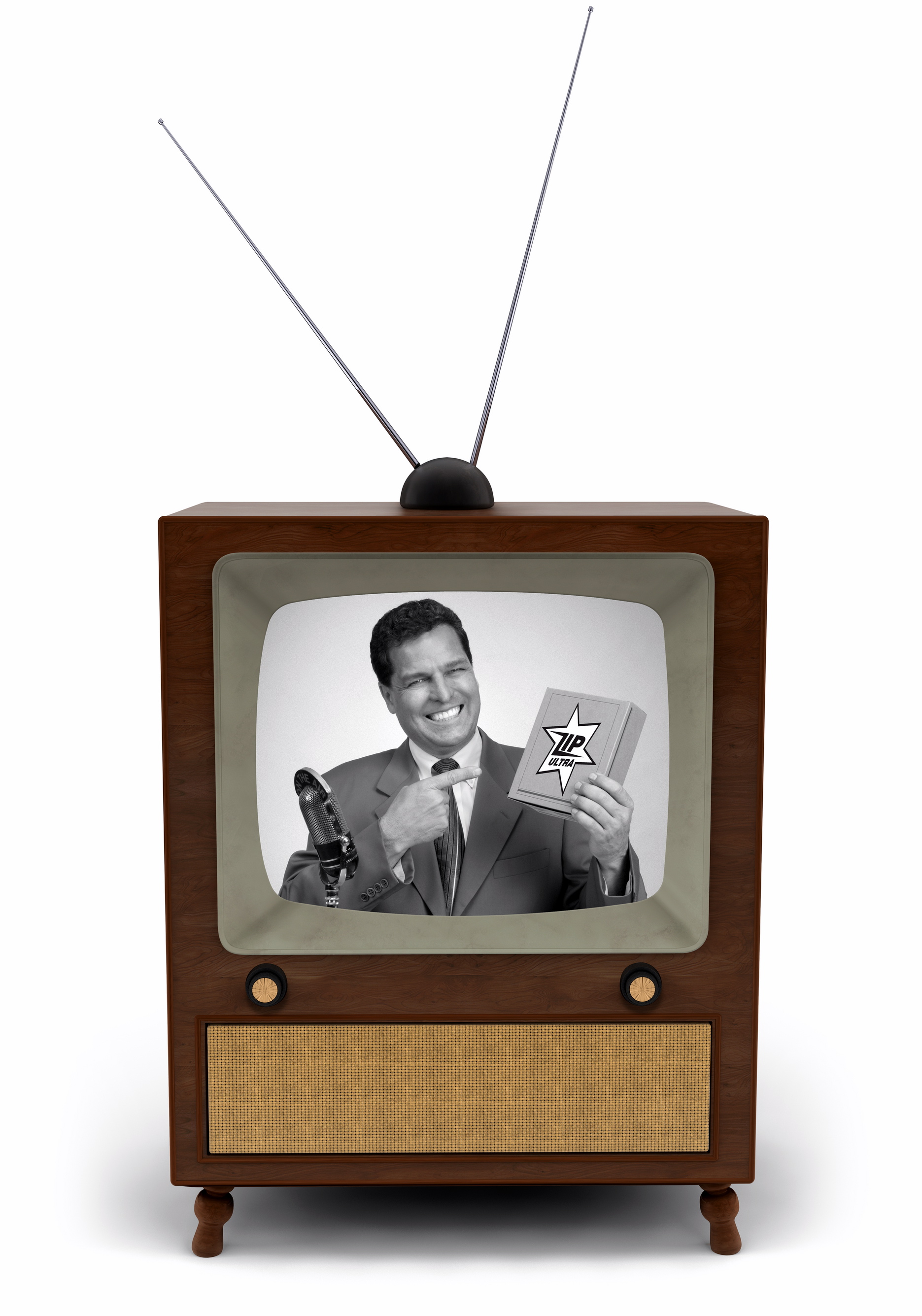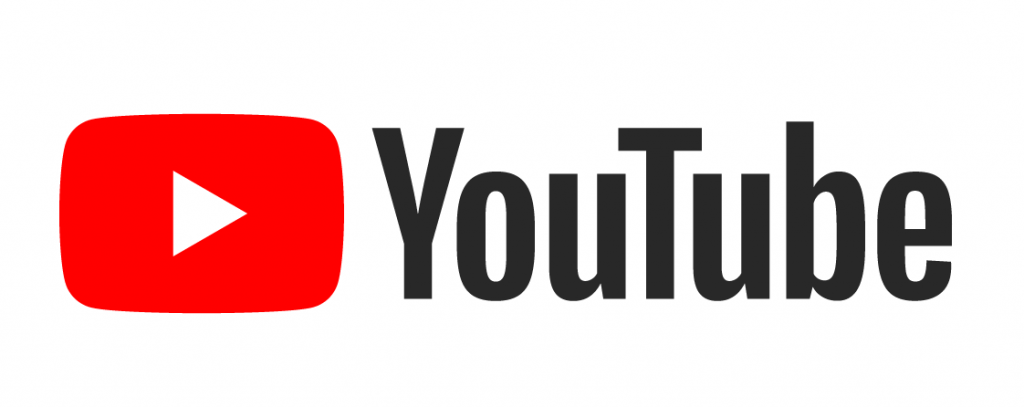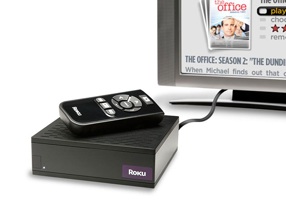 It used to be easy to explain what television was. The TV was the thing that sat in your living room, den or family room. It was standard definition, 4:3 aspect ratio, and had a 27-inch (or so) diagonal screen. When you turned it on and tuned in a channel, (you could choose from ABC, CBS, NBC, PBS, and maybe an independent station or two), you could watch a TV program that was either a game show, sitcom, drama, news or variety show.
It used to be easy to explain what television was. The TV was the thing that sat in your living room, den or family room. It was standard definition, 4:3 aspect ratio, and had a 27-inch (or so) diagonal screen. When you turned it on and tuned in a channel, (you could choose from ABC, CBS, NBC, PBS, and maybe an independent station or two), you could watch a TV program that was either a game show, sitcom, drama, news or variety show.
That was then. Modern TV has morphed into something that defies easy description. TV “programs” can be watched on any one of many devices with screens from a few inches wide to, well…humongous. You can access TV programming using an antenna (surprised?, you’re not alone), cable or satellite subscription service, internet streaming from various service providers such as Netflix and Hulu, or for free on various internet websites.
TV programming used to always be 30 or 60 minutes in length. Of that, about 22 minutes or 46 minutes was actual program…the rest was commercial spots for products and services and promos for other TV shows.
The technology involved in getting a standard definition television signal to your home used to rely on a TV station transmitting a signal from an antenna to your receiving antenna, which was mounted either on your roof or on top of the TV set (aka, rabbit ears). That is actually still an option and more and more TV viewers are rediscovering free, Over-The-Air (OTA) TV and the benefits of an HD signal without a monthly bill. Switch from a pay service such as cable or satellite TV to free OTA is often referred to as cutting the cord. I’ve already posted to this blog about “cord cutters” (here and here) so I won’t revisit that in this post.
Instead, I want to discuss streaming video, and more precisely, the sharing of subscription passwords. If you watched the Emmy awards last week you may have heard the host, Andy Samberg of SNL fame, give out his HBO username and password to a viewing audience of just under 12 million people. What was intended as a joke by Samberg is actually a real problem for the streaming TV business. According to a recently published report, streaming media sites like Netflix and Hulu stand to lose $500 million this year because of unauthorized sharing. A survey of 1,000 US adults conducted in early September of this year found that 36% say that they share premium TV app credentials with others. An HBO Now account ($14.99 per month) permits three simultaneous users, and additional attempts to connect will result in an error message….something that lots of Emmy viewers experienced when they tried to login with Samberg’s account info.





 Viewing motion pictures in the comfort of your own home on your
Viewing motion pictures in the comfort of your own home on your